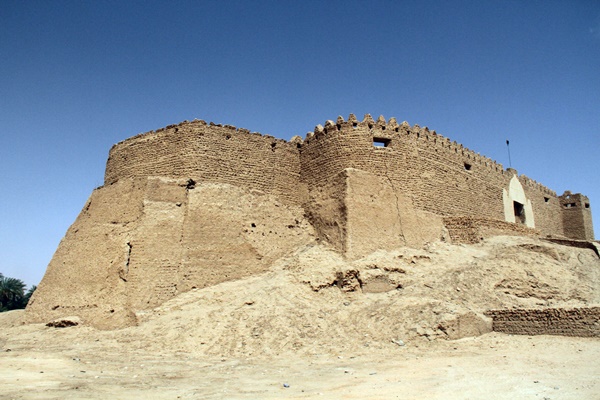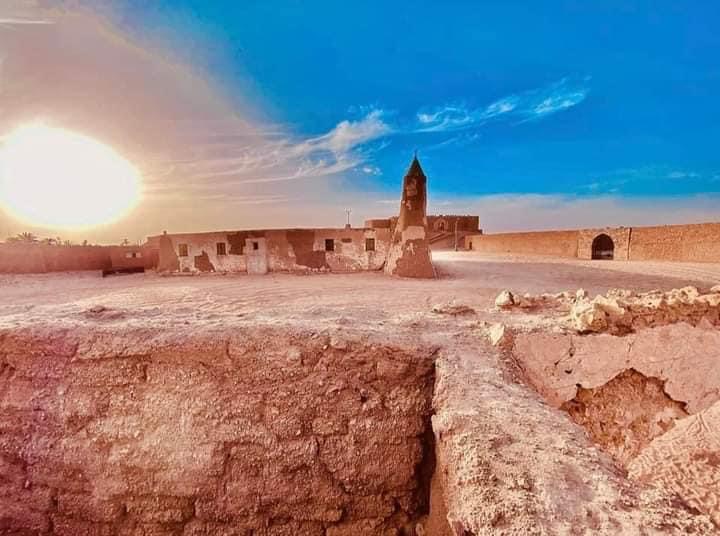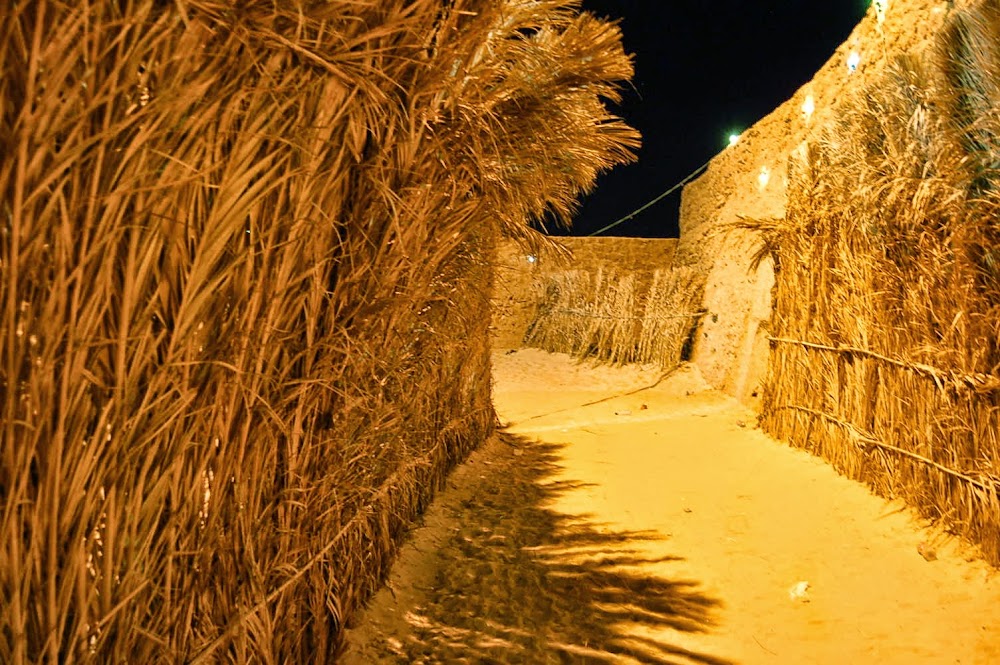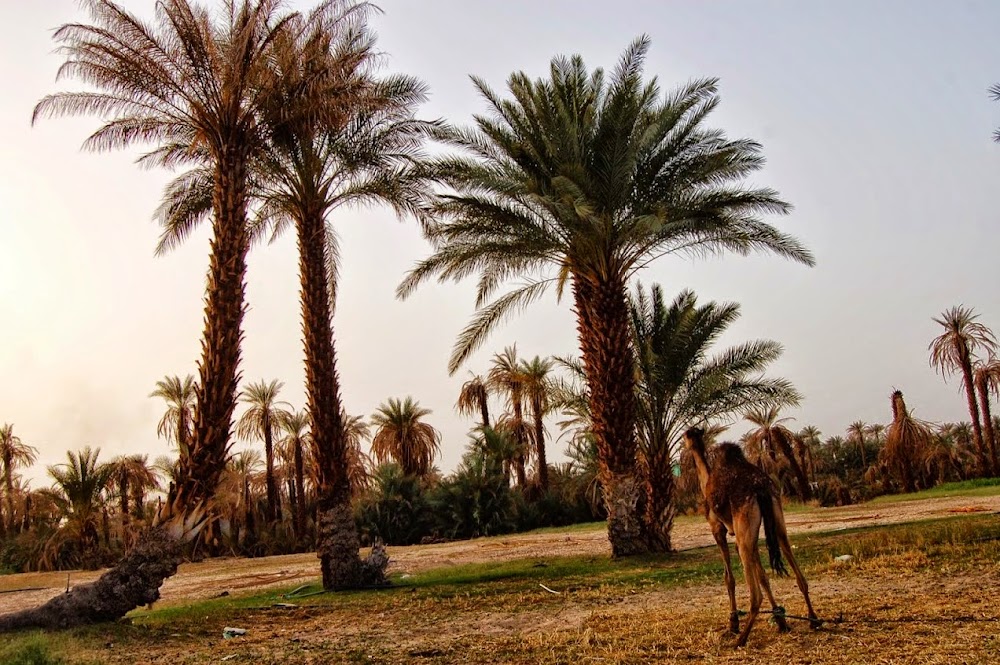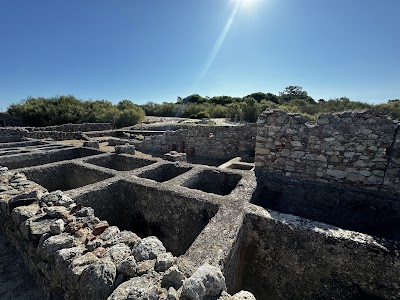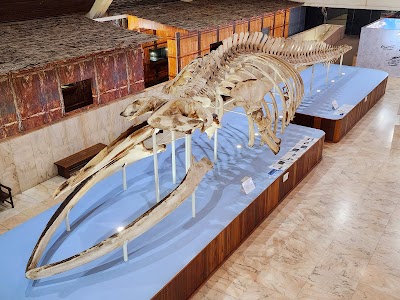Murzuq Castle (قلعة مرزق)
Overview
Murzuq Castle: A Historical Marvel
Murzuq Castle, or قلعة مرزق, is an ancient fortress nestled in the Sabha District of Libya. This impressive structure stands as a testament to the region's rich historical tapestry and architectural brilliance. Once a pivotal point for defense and administration, the castle has played a significant role in the area's storied past.
The exact date of Murzuq Castle's founding remains uncertain, but it is widely believed to have been constructed in the 14th century by the Kanem-Bornu Empire, a formidable African kingdom that once extended across modern-day Libya, Chad, and Nigeria. Its strategic location made Murzuq an essential fortification, providing protection against invasions and serving as a vibrant center for trade and governance.
Architectural Ingenuity
Constructed primarily from local materials such as stone and mud bricks, Murzuq Castle exemplifies the architectural practices of its time. These materials not only ensured durability but also offered insulation against the harsh desert climate. The castle's thick walls are designed to withstand the elements and potential attacks, while the use of mud bricks reflects the builders' ingenuity in maintaining cooler temperatures within the fortress despite the sweltering heat outside.
The layout of the castle features several towers that served both defensive and lookout purposes. These structures allowed defenders to spot approaching threats from a distance and coordinate their responses effectively. Despite its straightforward design, the strategic arrangement of these towers contributes to the castle's imposing presence in the landscape.
Life Inside the Castle
Inside Murzuq Castle, various chambers and courtyards served multiple functions. These areas included living quarters for the ruling elite and their families, storage rooms for essential supplies, and administrative spaces where leaders would convene to govern the region. The central courtyard often buzzed with activity, bustling with soldiers, traders, and local citizens, reflecting the vibrant life that once thrived within its walls.
Throughout its history, Murzuq Castle has been a silent witness to the ebb and flow of power. During the Ottoman era, the castle underwent significant reinforcements and expansions as the empire worked to fortify its territories in North Africa. The Ottomans incorporated new architectural elements, enhancing the castle's defensive capabilities with stronger gates and improved military installations, ensuring it could serve effectively as a military base.
A Symbol of Resilience
In the 19th century, Murzuq Castle became a focal point in regional conflicts as various factions fought for control over Libya. Despite the numerous battles waged around it, the castle remained resilient—a lasting symbol of strength and endurance. Its robust construction and strategic importance made it a coveted prize for any ruling power in the region.
Today, Murzuq Castle stands as a cherished historical monument, attracting visitors and scholars alike with its rich history and architectural significance. Ongoing preservation efforts aim to protect the structure from the ravages of time and natural elements. The castle endures as a cultural treasure, offering insights into the lives and times of those who built and inhabited it centuries ago.
A Must-See Destination
For anyone visiting the Sabha District, Murzuq Castle is an unmissable landmark that not only provides a glimpse into the area's fascinating past but also showcases the remarkable engineering and architectural skills of its ancient builders. It remains a proud symbol of the legacy left behind by the many civilizations that once flourished in Libya.


